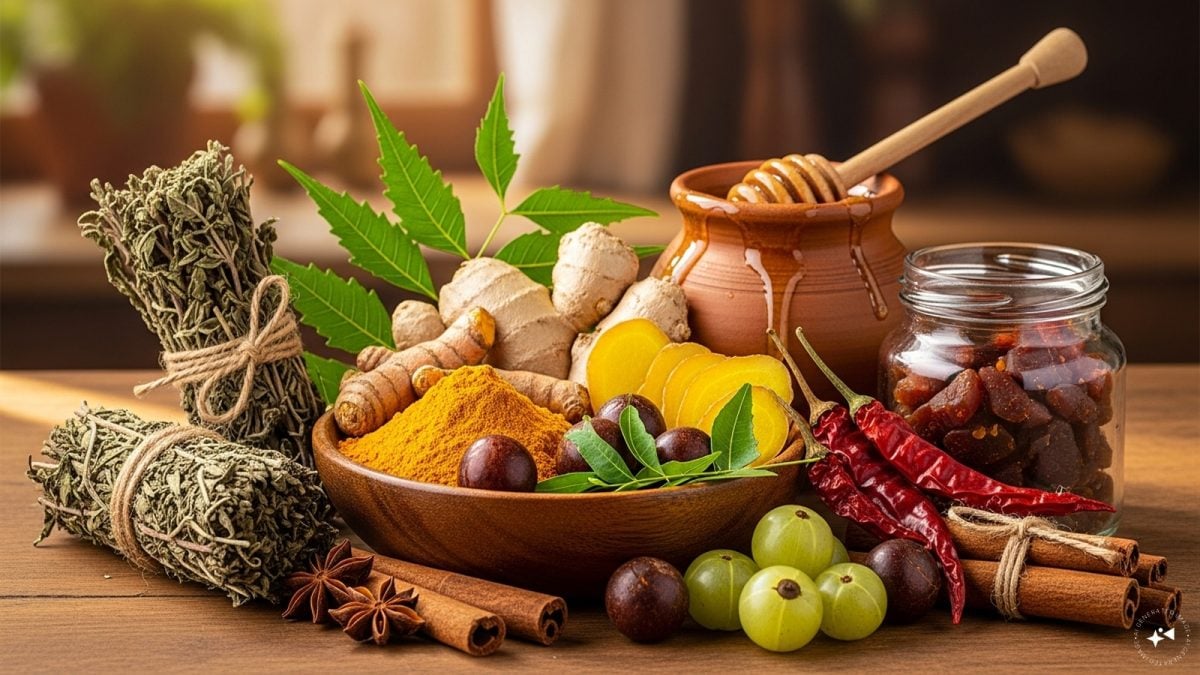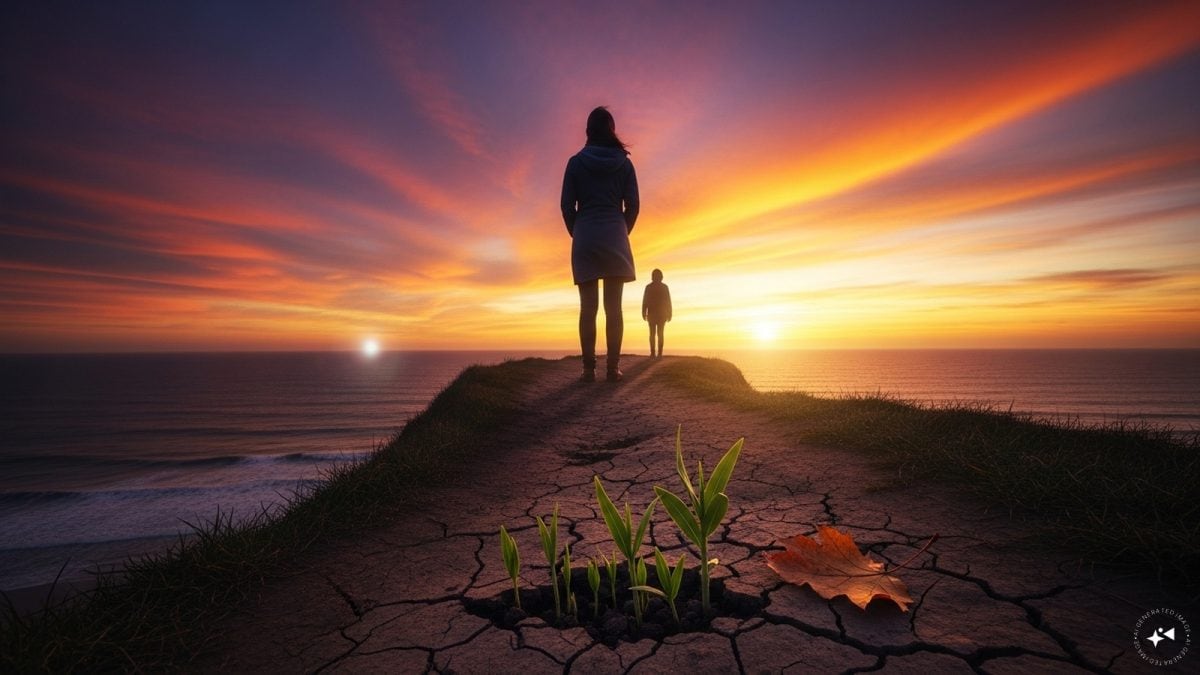Last Updated:
As rainfall events intensify and urban water systems grow strained, non-viral monsoon illnesses deserve as much attention as dengue both in clinical care and in public awareness.

Monsoon increases risks of viral, waterborne, and mosquito-borne illnesses
When the rains arrive, “viral fever” becomes a catch-all phrase. But a large share of monsoon sickness isn’t viral at all, it’s driven by bacteria, protozoa, rickettsia, and even fungi that thrive in humidity, waterlogging, and mosquito breeding. Cities from Mumbai to smaller districts report seasonal spikes every year, which clinicians tie to flooding, stagnant water, and packed OPDs. Recent city data again shows malaria climbing with the early rains, while doctors warn of water-exposure illnesses after heavy downpours, a context that helps explain what people are actually facing this season.
Dr Suchismitha Rajamanya, Lead Consultant & HOD, Internal Medicine, Aster Whitefield Hospital, shares her insights.
Malaria is a protozoan infection transmitted by Anopheles mosquitoes that breed in rain-filled puddles and muddy locations (including construction potholes). Unlike viral fevers, malaria typically presents with cyclical chills and fever. It can progress to severe disease, but when diagnosed and treated with antimalarials, it is fully curable. Multiple studies in India describe the monsoon-season peak, since rain-filled puddles and elevated humidity allow mosquitoes to survive longer and transmit more widely. The World Health Organization continues to recognize malaria as a major public-health threat, with seasonal spikes expected wherever mosquito vectors persist.
Leptospirosis is another common monsoon illness, a bacterial infection that peaks during floods. The Leptospira bacteria live in the urine of animals, which can wash into puddles or drains. Exposure occurs when contaminated water enters through cuts, abrasions, or soft tissue while wading through floodwater. Early symptoms, fever, headache, and myalgia may mimic flu; however, severe infections can cause jaundice, kidney injury, meningitis, or pulmonary hemorrhage. Clinical vigilance is critical in the weeks following floods. Public health advisories in coastal regions, such as Mumbai, routinely warn of leptospirosis after seasonal waterlogging.
Typhoid fever, caused by Salmonella Typhi, also surges during the monsoon. Floodwaters often overwhelm sewage and drinking-water systems, raising the risk of fecal contamination. In many Indian cities, intermingled sewage and drinking-water pipelines heighten this threat during flooding events. Clinically, typhoid is marked by high fever and abdominal pain, often with constipation or diarrhea. If left untreated, it can lead to serious intestinal complications. Prevention depends on access to safe water, good food hygiene, and, where available, vaccination. Public health studies in India consistently link post-monsoon typhoid outbreaks to flooding combined with poor water treatment.
Cholera, caused by Vibrio cholerae, is another classic waterborne bacterial illness—not a viral fever. It’s an acute diarrheal disease that can cause life-threatening dehydration within hours. Heavy rains and broken sanitation lines create ideal conditions for outbreaks. Studies in India highlight rainfall as a major driver of contamination, while the WHO stresses the disease’s short incubation period and the urgent need for rehydration and clean-water access. Beyond being a health crisis, cholera is also a story of inequity, since it disproportionately affects communities with poor infrastructureco nditions often worsened by monsoons.
Fungal skin infections including ringworm (tinea corporis), jock itch (tinea cruris), and candidal intertrigo also spike in humid monsoon weather. These aren’t minor nuisances: dermatology OPDs report visible surges, fueled by damp clothing, friction, and crowded living conditions. Patients typically present with itchy, expanding rashes with red, scaly borders, or painful maceration in skin folds. Indian dermatology studies confirm higher incidence in warm, humid seasons. Treatment involves keeping the skin dry, avoiding shared towels and clothing, and using topical or oral antifungals not antibiotics.
The takeaway this season is clear: not every monsoon fever is “viral.” Correct diagnosis matters, since treatments vary widely. Malaria requires antimalarials; typhoid or cholera need targeted antibiotics; tinea infections require antifungals; leptospirosis calls for specific antibiotics and exposure management. Preventive measures – safe water, hygienic food practices, dry clothing, mosquito control, protective footwear in floodwaters, and timely medical assessment can mean the difference between a short illness and serious complications. As rainfall events intensify and urban water systems grow strained, non-viral monsoon illnesses deserve as much attention as dengue both in clinical care and in public awareness.

Swati Chaturvedi, a seasoned media and journalism aficionado with over 10 years of expertise, is not just a storyteller; she’s a weaver of wit and wisdom in the digital landscape. As a key figure in News18 Engl…Read More
Swati Chaturvedi, a seasoned media and journalism aficionado with over 10 years of expertise, is not just a storyteller; she’s a weaver of wit and wisdom in the digital landscape. As a key figure in News18 Engl… Read More







